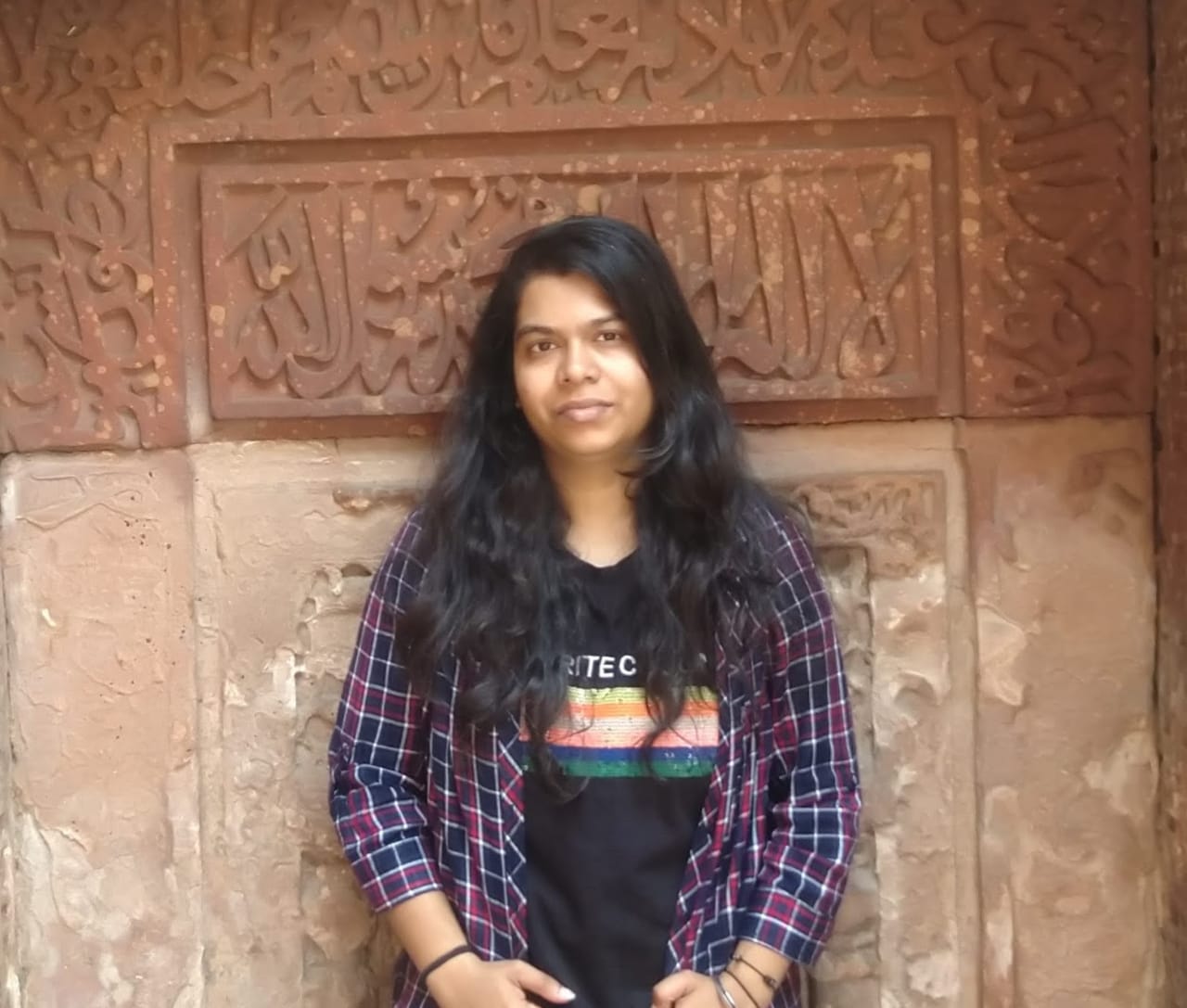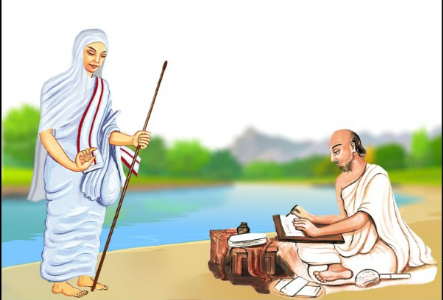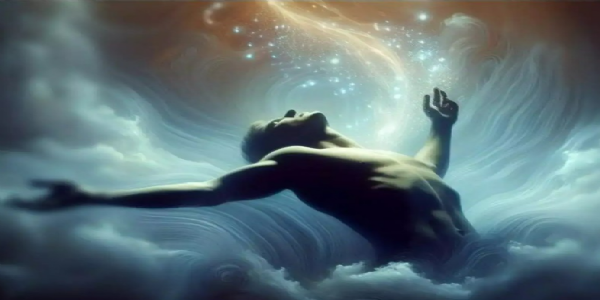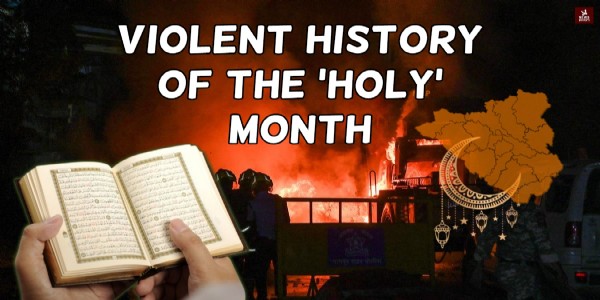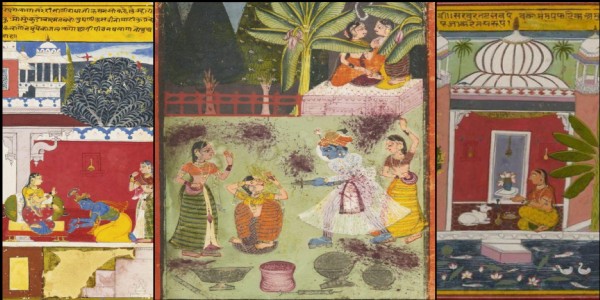Raas Dandiya - The charm of Navratri
Total Views | 1028
- Shivani Shinde
Sharad Navratri, the nine splendorous and colorful nights, is one of the most awaited Indian festivals. It is a powerful festival that involves countless prayers to Maa Durga, Dandiya Nights, and the unforgettable victory of Rama over Ravana
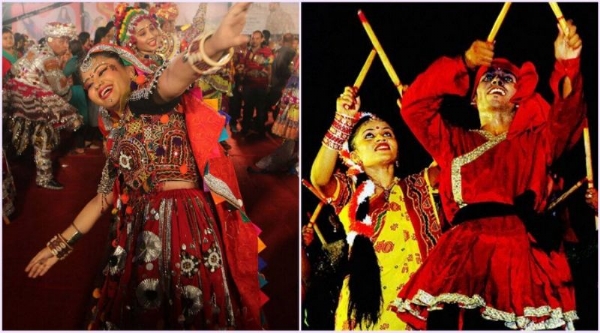
Every year, a dandiya event is organized in almost every lane with young and old, polishing their dance steps in advance and getting colorful with mirror work ghaghra cholis and kedias ready for the nine festive days. Usually, the preparations for big-ticket Garba events start taking place at least 6 months in advance, with grounds being booked, artists finalised and permissions and sponsorships worked out. Bringing a change, every year, they make it different, while still sticking to the traditions.
The craze of Dandiya and Garba is so high that even pandemic has not stopped them from dancing. This year things may be a little different due to the pandemic. The fear of the virus has pushed people indoors with the cancellation of mass events, but people who traditionally play Dandiya and Garba have found a different avenue to enjoy this year. They have continued to celebrate festivals with their twists while observing adequate precautions. However, not inside expansive venues, but they are enjoying the electric dance and music nights digitally from home this year.
The students from a fashion designing institute from Gujarat’s Surat even designed costumes from PPE kits and named it ‘Covid Garba Dress’. They crafted a Covid Garba outfit using hand painting and mirror as embellishments and designed a two-layer fully protected couple dress on PPE Jumpsuits with masks and dandiya sticks. But do you know why we play Garba and dandiya? What is its significance?
Garba or Dandiya Raas is one of the traditional forms of dance which was earlier observed during Navratri in the state of Gujarat. However, Garba is performed before Aarti (worshipping ritual), while Dandiya is performed after the Aarti, as a part of the merriment. Men and women join in for both Raas Dandiya and Garba. These dances are generally performed in groups and special large scale events are organised where hundreds of people can come together for the celebrations.
The reason is that these dance forms are a dramatization (sort of like a mock-fight) of the nine-day battle between Goddess Durga and the demon king Mahishasura, in which the Goddess emerged victoriously. This is what Navratri symbolizes as well - the triumph of good over evil, even if that evil stems from our own cluttered and undisciplined mind. These nine days give us a chance to purify negative thoughts and start afresh.Besides setting the festive mood, these dance forms also hold a special significance in the 9-day long festival. The main difference between Dandiya Raas and Garba is, Dandiya Raas is done with Dandiya or the sticks while Garba involves various feet and hand movements.
Dandiya Raas
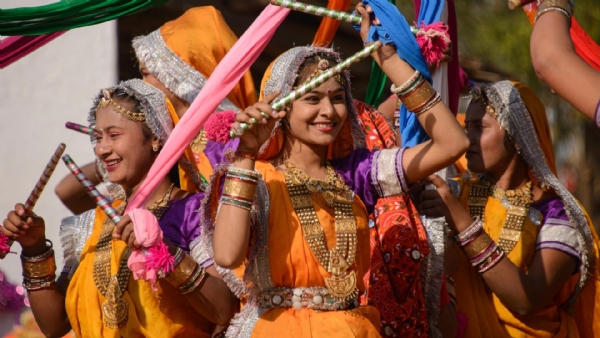
Dandiya Raas is performed in the honor of Goddess Durga. The dance involves a beautiful way of re-creating the battle that took place between the Devi and the demon. The Dandiya which is used while dancing is believed to be a dramatization of the fight between Goddess Durga and Mahishasura. The sticks of the dance represent the sword of Durga. The colorful sticks used during Dandiya represent the sword of Goddess Durga, which is why this dance form is also known as 'The Sword Dance.' The sounds of the instruments playing are reminiscent of the metallic clangs that may be heard on the battlefield.The circular moments and the dance steps of Dandiya Raas are much more difficult as compared to Garba.
Garba
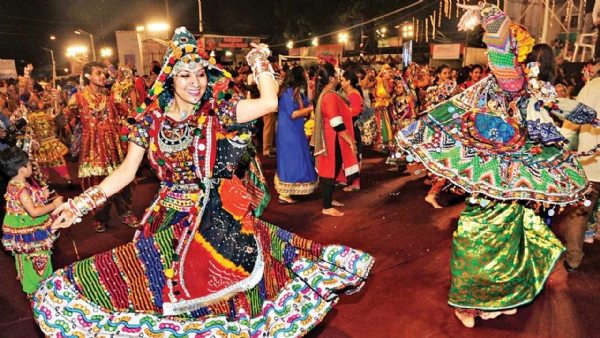
Traditionally, Garba is performed around an earthen pot (garbo) with a lamp inside, which is called a 'Garbha Deep.' This representation is symbolic. The lantern symbolizes life - the fetus in the womb, in particular. The pot itself is a symbol of the body, within which divinity resides.Dancers move around in circles, making circular movements with their hands and feet around this earthen pot. This gesture symbolizes the circle of life, which moves from life to death to rebirth, leaving only the Mother Divine unmoved, unchanging, and invincible.
Garba and Dandiya Raas are also popular in the United States that 20 universities that have Raas/Garba competitions on a huge scale every year with professional choreography. The Canadian city of Toronto now hosts North America's largest annual Garba by the number of attendees.
Navratri would be incomplete without these resplendent dances and this art form! We couldn’t dance this year but the spirit of Indian festivals should always be high as it brings joy and happiness amid difficult times!
Bharati Web


